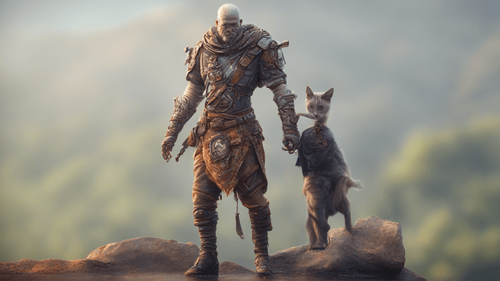
Introduction
In the ever-evolving landscape of technology, the field of Conversational AI has witnessed a remarkable transformation with the emergence of Chat GPT (Generative Pre-trained Transformer). This groundbreaking technology has not only redefined the way we interact with machines but has also sparked discussions about its potential to replace developers in certain aspects of the development process. This article delves deep into the world of Chat GPT, exploring its impact on developers, benefits, challenges, and frequently asked questions surrounding its integration.
Chat GPT: Redefining Conversations
Understanding Chat GPT
Chat GPT, developed by OpenAI, is an advanced language model powered by artificial intelligence. It is trained on a diverse range of text data, enabling it to generate coherent and contextually relevant human-like text responses. Unlike traditional rule-based chatbots, Chat GPT relies on machine learning techniques, allowing it to understand and generate natural language responses.
The Role of Developers in Conversational AI
Historically, developers have played a crucial role in building and maintaining conversational AI systems. They have been responsible for designing conversation flows, crafting responses, implementing logic, and ensuring smooth user interactions. However, Chat GPT introduces a paradigm shift by automating many of these tasks.
How Chat GPT is Changing the Game
Chat GPT empowers developers by streamlining the development process. It can automate the generation of responses, reducing the need for manual scripting. Developers can now focus on higher-level tasks such as system architecture, user experience design, and addressing complex user queries that require human expertise.
Benefits of Using Chat GPT in Developer Roles
1. Enhanced Efficiency and Productivity
By leveraging Chat GPT, developers can significantly boost their efficiency. The model's ability to generate responses quickly and accurately allows developers to allocate their time to strategic tasks that require creative thinking and problem-solving.
2. Rapid Prototyping and Iteration
Chat GPT serves as an invaluable tool for rapid prototyping and iterative development. Developers can quickly create functional prototypes, test user interactions, and refine conversation flows without delving into intricate coding.
3. Improved User Experience
With its natural language capabilities, Chat GPT enhances the user experience by providing contextually relevant responses. Developers can fine-tune the model to align with the brand's voice, ensuring consistent and engaging conversations.
4. Accessibility and Democratization
Chat GPT democratizes Conversational AI development by enabling individuals with varying technical backgrounds to create sophisticated chatbots. This accessibility widens the pool of contributors and promotes innovation.
Challenges and Considerations
1. Ensuring Accuracy and Reliability
While Chat GPT is impressive, ensuring the accuracy and reliability of responses remains a challenge. Developers must carefully curate and monitor the model's outputs to prevent misinformation or inappropriate content.
2. Customization and Personalization
Creating highly personalized experiences may require additional effort. Developers need to fine-tune the model and integrate it seamlessly with existing systems to cater to specific user needs.
3. Ethical and Bias Concerns
As with any AI technology, there are concerns about biases in responses generated by Chat GPT. Developers must actively address ethical considerations and mitigate potential biases to ensure fair and inclusive interactions.
FAQs: Addressing Common Queries
How does Chat GPT work?
Chat GPT utilizes a transformer architecture, processing input data and generating responses based on patterns it has learned from vast amounts of text data.
Can Chat GPT replace all developer roles?
While Chat GPT can automate certain tasks, it is not designed to replace developers entirely. Developers still play a vital role in system design, optimization, and addressing complex user needs.
Is fine-tuning necessary?
Yes, fine-tuning is crucial to align Chat GPT with specific use cases and desired responses. It helps enhance accuracy and consistency in conversations.
What are the potential risks of using Chat GPT?
Risks include generating inaccurate responses, inappropriate content, or biased language. Vigilant monitoring and continuous improvement are essential to mitigate these risks.
How can developers ensure user data privacy?
Developers must implement robust data privacy measures, such as encryption and secure storage, to safeguard user information in conversations.
What is the future of Chat GPT and developers?
The future holds exciting possibilities as Chat GPT evolves. Developers will likely focus more on high-level strategy, customization, and ethical oversight, shaping the direction of Conversational AI.
Conclusion
In the realm of Conversational AI, the integration of Chat GPT has ignited a transformation that impacts developers and their roles. While not a direct replacement, Chat GPT acts as a powerful ally, enhancing efficiency, user experiences, and accessibility. As developers continue to collaborate with this technology, they will drive innovations that prioritize accuracy, personalization, and ethics, shaping the future of AI-powered conversations.